The Wisdom of Forefathers Behind Tsuchiya Nouen’s 600m-high Tea Cultivation【Kawane Tea, Shizuoka Prefecture】
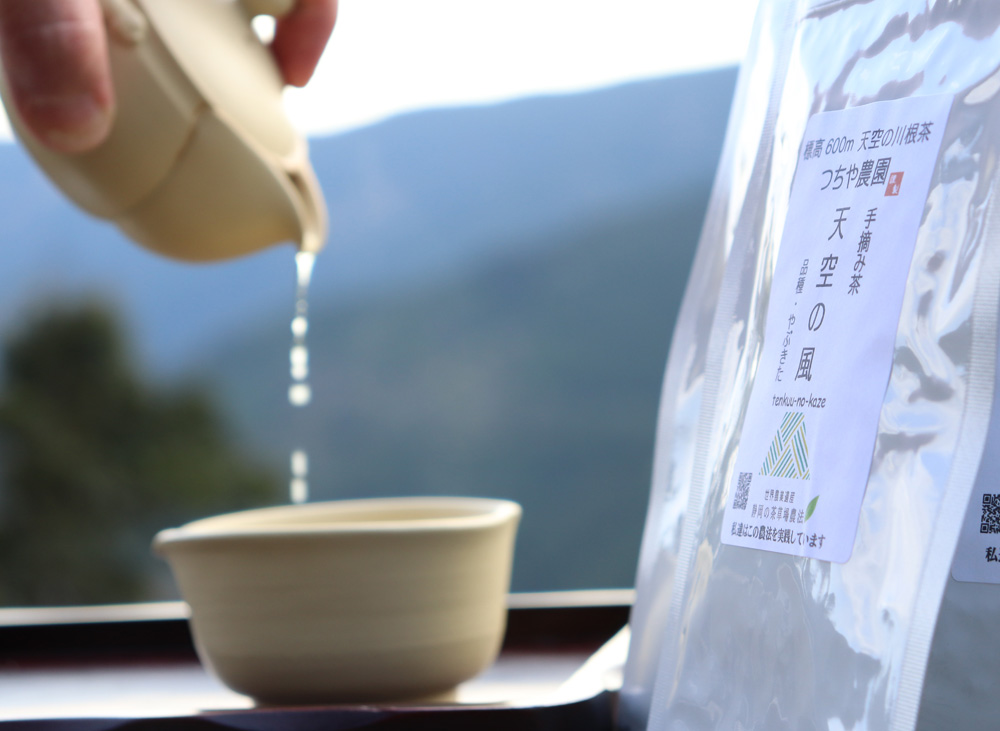
Tsuchiya Nouen is found at 600m elevation in a town called Orokubo in Kawanehoncho. Making tea of highest quality in harmony with their rugged natural environment, they have won many awards, notably the Japanese Ministry for Agriculture, Forestry and Fisheries’ award, “Kawane Tea Farm in the Sky.”
In this article we will delve into their speciality high quality hand picked tea, their Globally Important Agricultural Heritage Systems (GIAHS) certified Tea Grass farming method and more, with an interview with Tsuchiya Nouen’s own Tsuchiya Yuko.
Contents
An Introduction to Tsuchiya Nouen
Tsuchiya Nouen is found in Orokubo at 600m elevation a town in Kawanehoncho. The lead farmer is Tsuchiya Tetsurou.
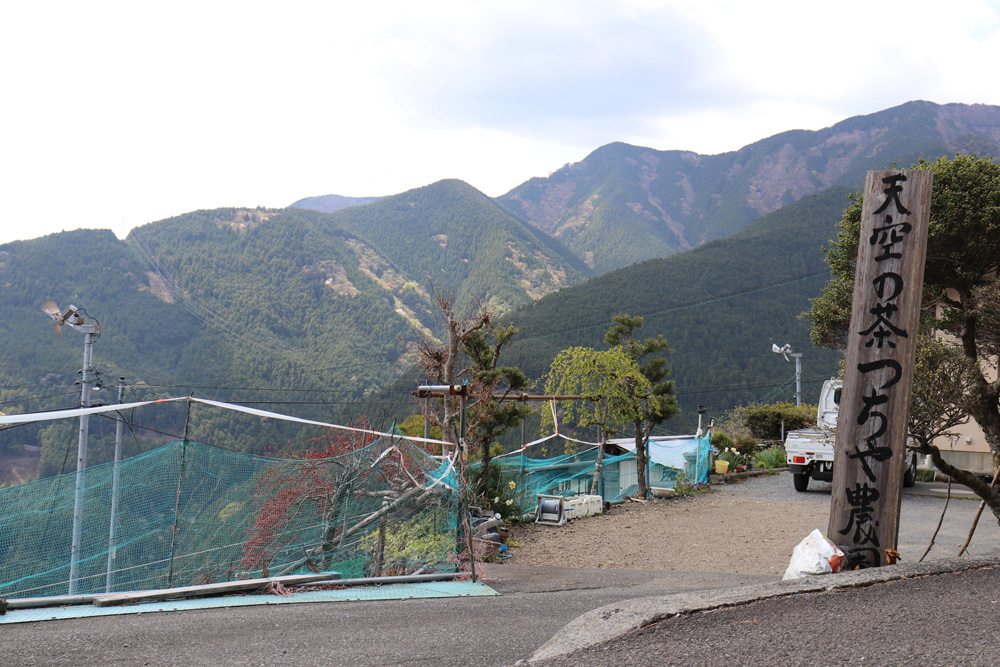
Tsuchiya Nouen make tea in harmony with the steep slopes and rugged weather. Another name they proudly claim is “Kawane Tea Farm in the Sky.” Tea from the Kawane region receives awards in competitions often including the prestigious Minister of Agriculture, Forestry and Fisheries’ award.
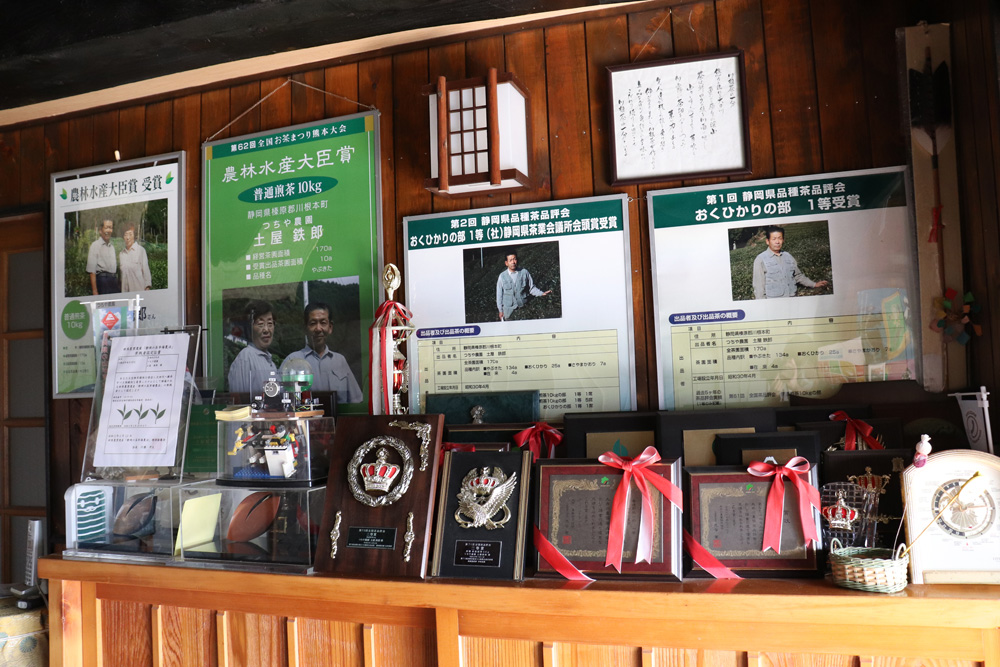
An introduction to Tsuchiya Nouen’s tea.
I’ll introduce you to the tea made 600m above sea level in Kawane at Tsuchiya Nouen.
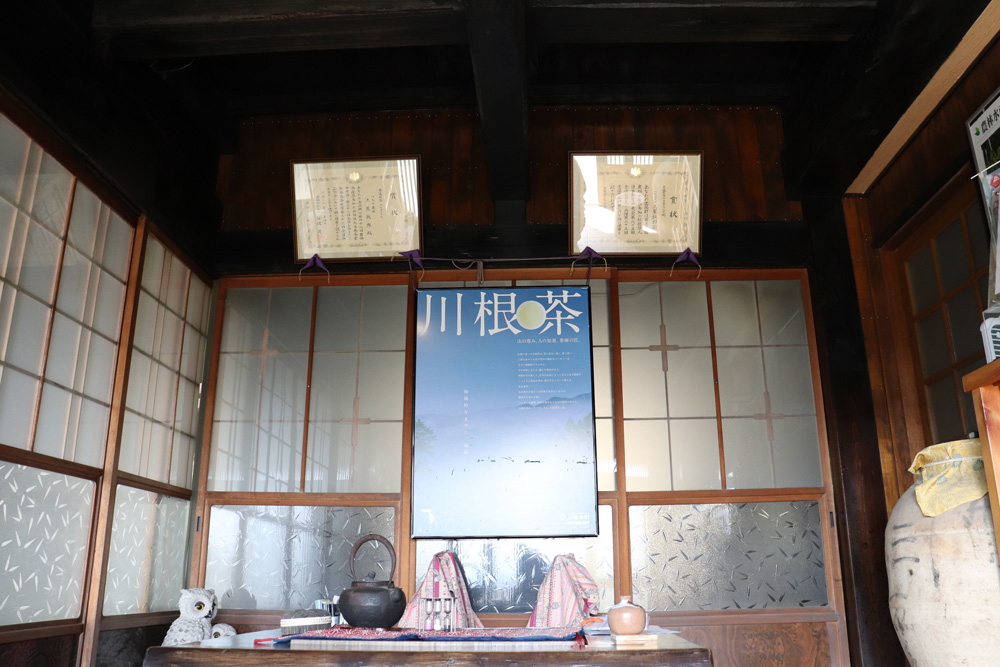
Hikari Komachi
Hand-picked tea. This tea is produced from a tea cultivar called “Okuhikari” picked thoroughly by hand. With a gentle, soft and curvaceous taste, the name komachi (meaning a beautiful woman) was chosen to express this sensual feminine image.
Yamagiri no Shizuku
Hand picked tea. Amami sweetness, shibumi astringency and umami all intense yet balanced well in this fine tea, the epitome of “mountain tea.”
Tenku no Kaze
Hand picked tea. A rare tea cultivated with a unique technique they specially developed to win a prestigious award at the National Tea Fair. A sweet aroma and profound umami and amami to enjoy.
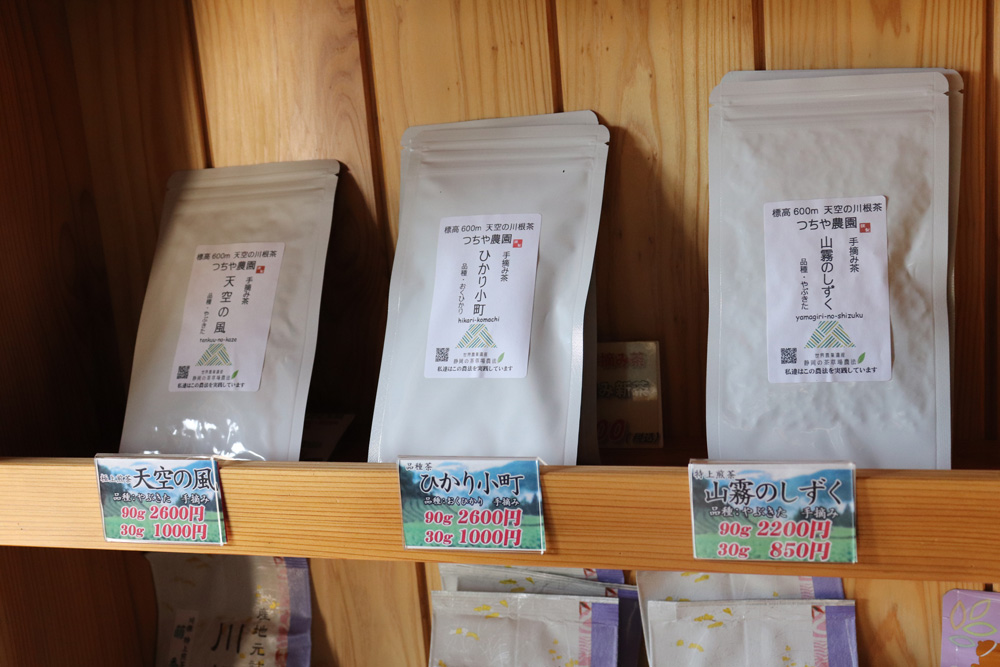
Honoka
This tea is made using the leaves of a cultivar called ‘Yabukita’ harvested early. A youthful and refreshing fragrance with a sweet aftertaste.
Mitsuboshi
This tea uses leaves harvested just at the right time as the new spring sprouts have sprouted satisfactorily and a little bit of extra flavour has emerged. A sweet flavour to moisten the throat paired with refreshing astringency.
Okuhikari
This tea is made with a cultivar called ‘Okuhikari’ harvested at the peak of its’ flavour. A refreshing tartness agrees with unique aroma to give this tea its distinctive flavour.
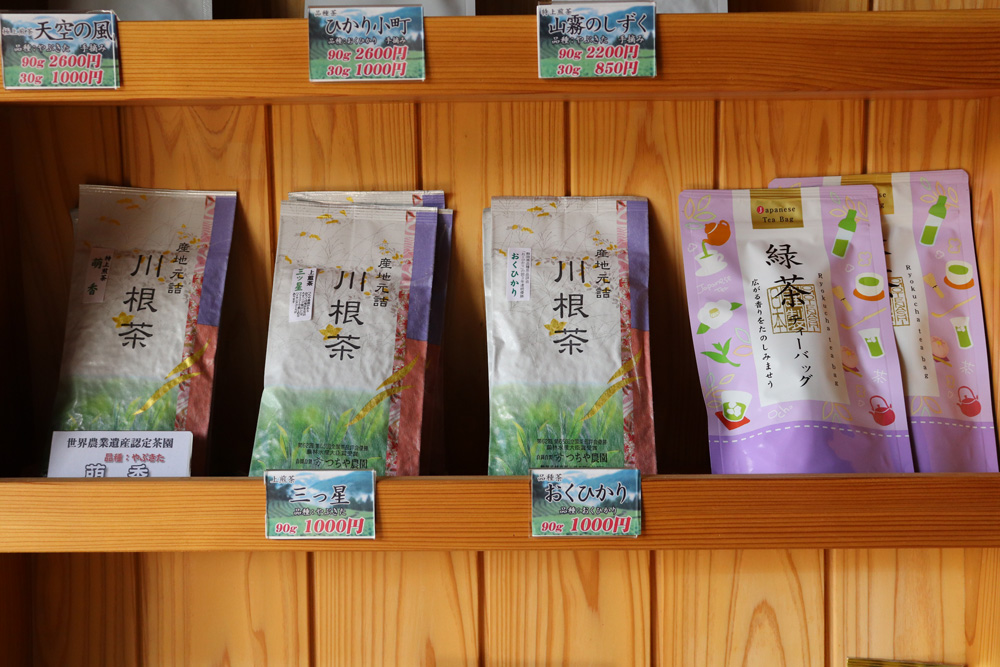
Hoji cha
A hojicha made completely from Tsuchiya Nouen’s fine ichibancha. Roasted shallowly to allow the quality of this tea to show with its refined flavour.
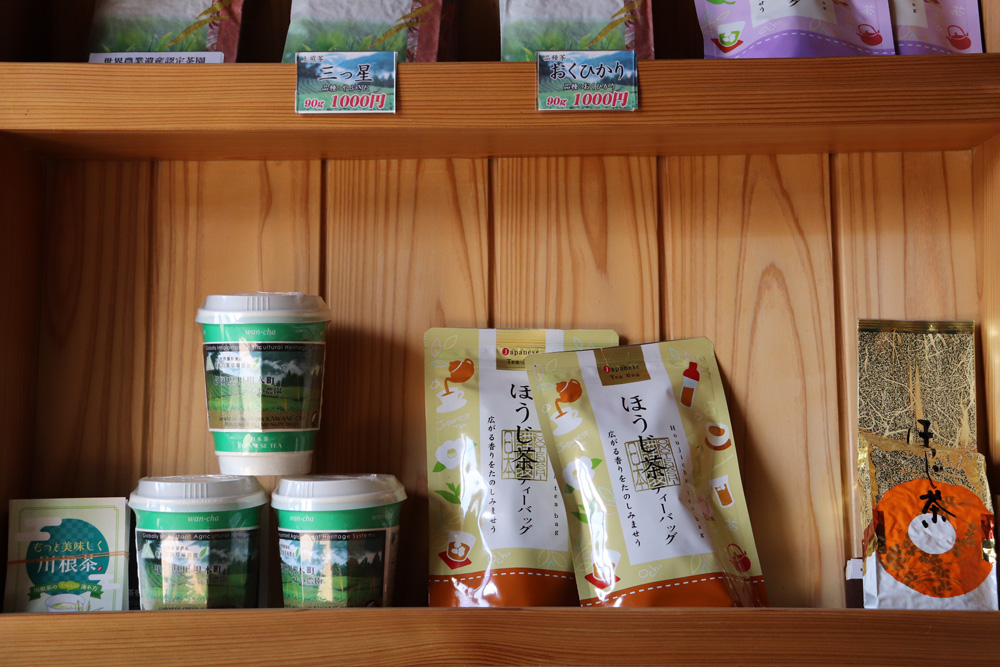
Interview: The allure of Kawane Tea Farm in the Sky’s handpicked tea and GIAHS recognised farming method.
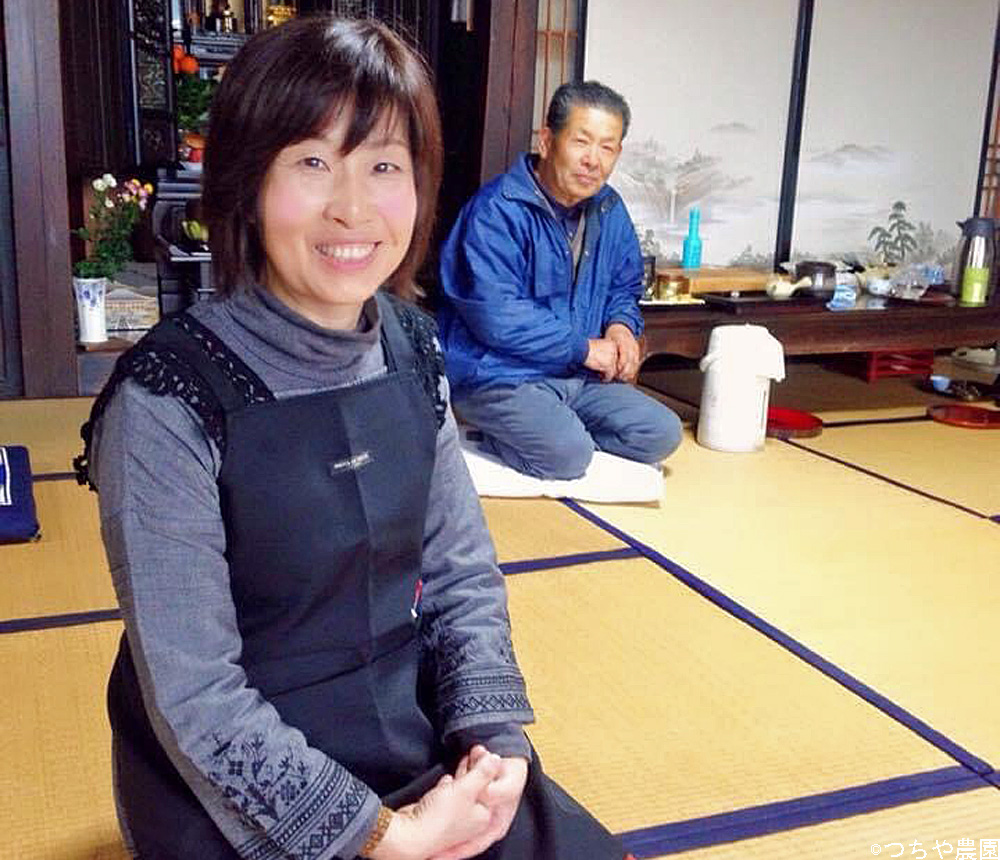
I was pleased to be able to speak Tsuchiya Yuko of Tsuchiya Nouen.
– Please tell me about handpicked tea in general and why Tsuchiya Nouen has chosen to specialise in it?
Handpicked tea is tea made by leaves picked from tea bushes by hand without the use of any machines in the harvesting process.
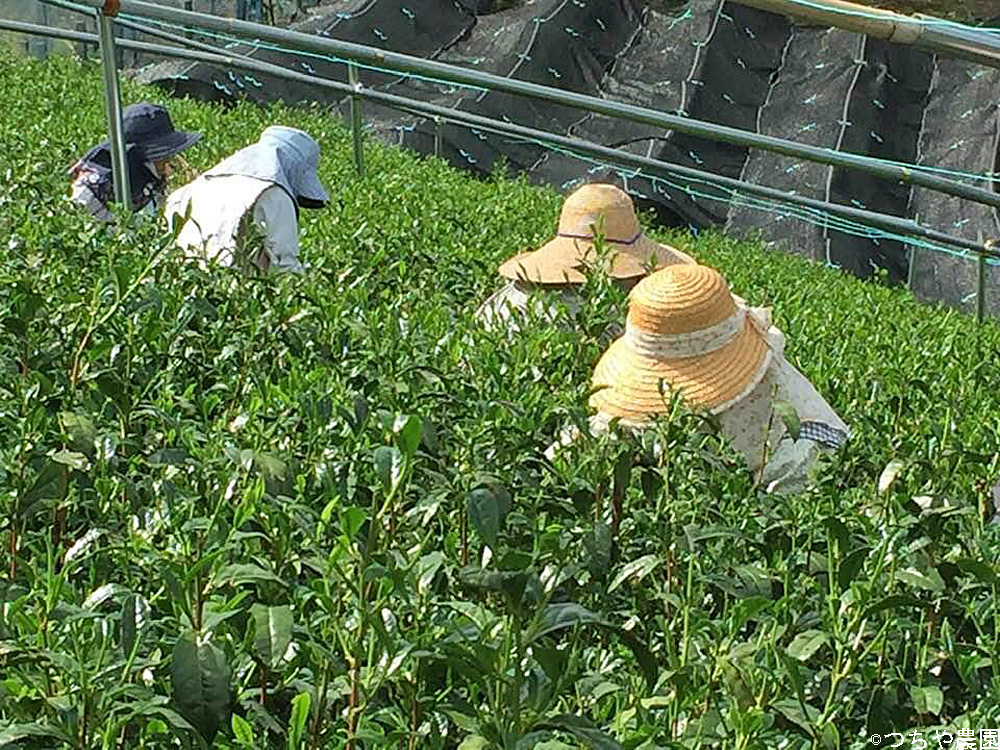
-Please explain to me what is different about tea picked by machine vs tea picked by hand.
Tea shoots are impossible to grow in perfect uniformity. One has shoots that grow quickly and others that have only just begun to sprout. When one harvests sprouts with a machine, one may be able to harvest very efficiently and quickly however soft, young shoots are mixed with hard stems and leaves and shorter, new sprouts are left unharvested on the bush.
The aforementioned shorter leaves may be cut partly causing that oxidization in that part. If one were to harvest by hand, one can gather sprouts of all the same formation, the bush is not wounded and therefore llittle to no oxidization occurs. It costs in time and labour but the quantity of the crop and quality rises.
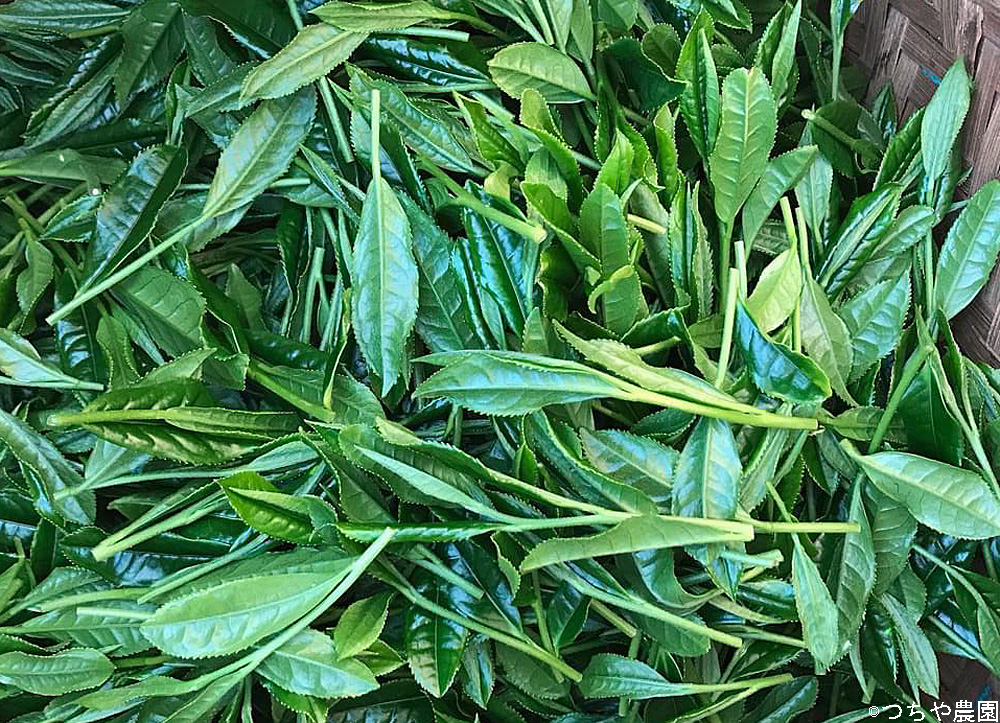
–So picking by hand means that the raw materials can be harvested in such a way that their quality is uniform. Why is this necessary?
Hand picking tea leaves has many benefits. A big benefit is the increased ability to pick leaves of the same size and quality. In the case of tea, the raw materials are leaves. When the quality of the leaves are even, one is able to produce a high quality tea efficiently. For example, in the first stage of production harvested leaves are steamed to prevent fermentation. When the quality of the leaves are different the steam is unable to pass through and complete this process evenly.
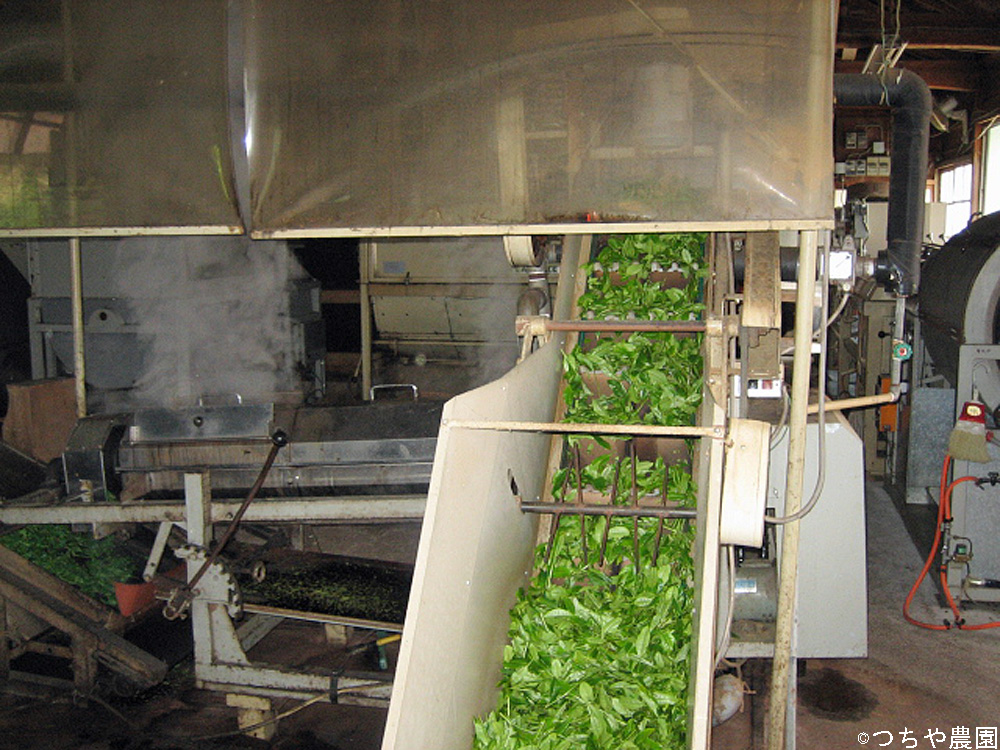
Changing the steaming time to make sure the hard leaves are all thoroughly steamed means that any soft leaves will be heated excessively. On the other hand if we adjust the time to the softer leaves the hard leaves will not be steamed enough. Steaming requires the leaves to be of even quality.
–This sounds a lot like cooking steak! Take a thick sirloin and a thin piece of carpaccio and put it on a hot pan for the same amount of time, one would be rare and the other would be charcoal! I see!
The very reason you are able to get such a great taste is because you pick by hand the leaves you put so much effort into growing.

An overview of the cultivars grown at Tsuchiya Nouen.
Cultivars of tea can be divided into roughly three cultivars. For example, the cultivar ‘Yabukita’ can be cultivated early to create ‘wasehinshu’ (early ripening crop), late to produce ‘bansehinshu’ (late ripening crop) or at the procured time to create a ‘nakatehinshu’ (mid-season crop.)
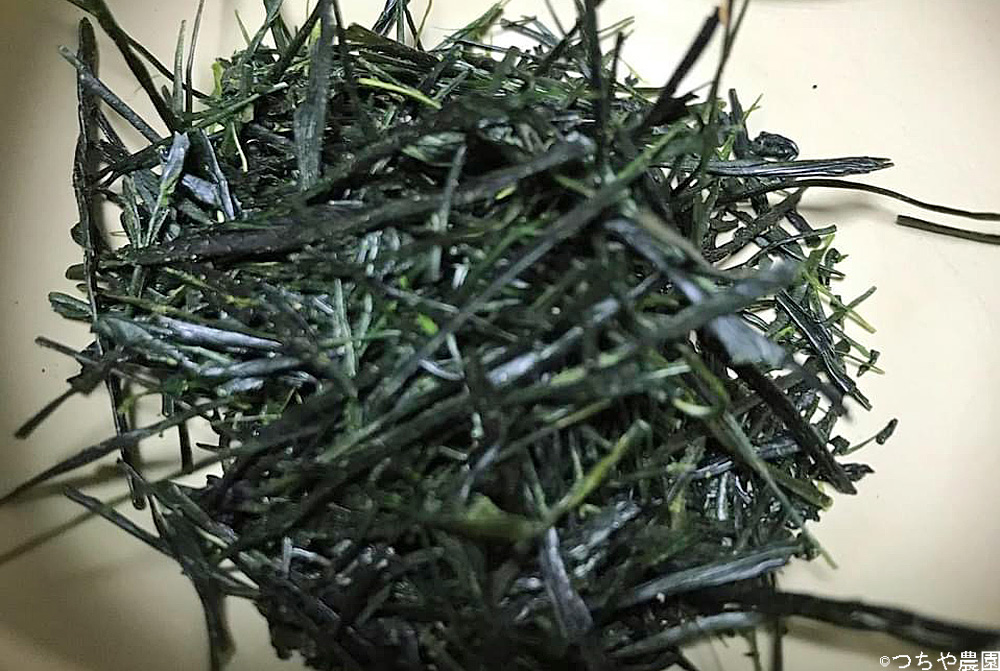
Here at Tsuchiya Nouen we are at 600m. From the winter to early spring the temperature is low and therefore we are not suited to growing early ripening crops. That is why we don’t produce early ripening products like ‘Saemidori’ for instance.
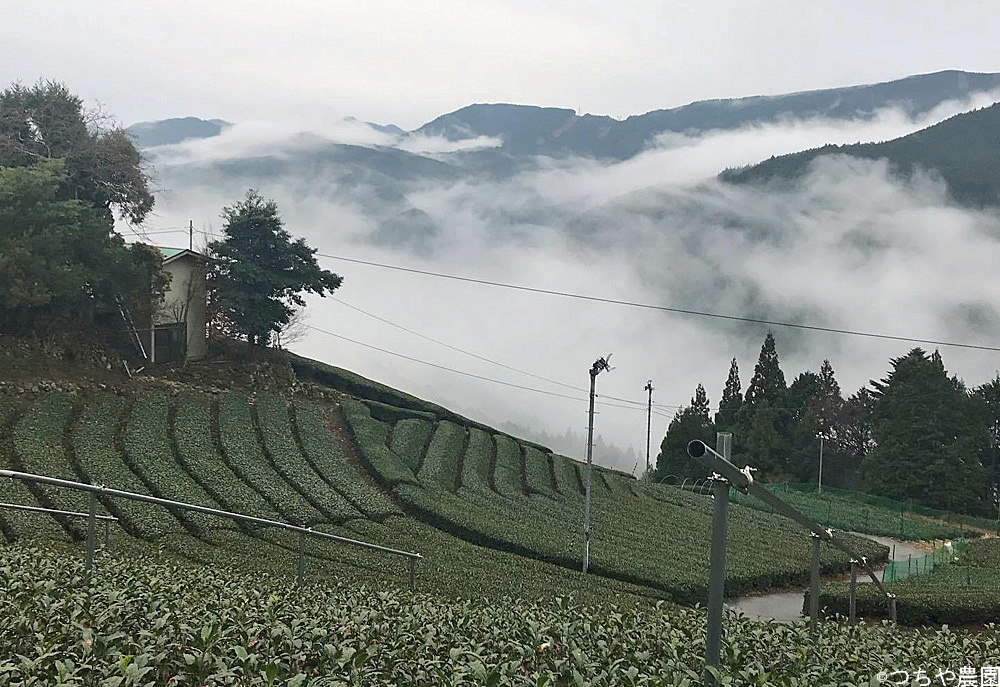
However we are able to produce high quality late ripening crops. Late ripening crops grow slowly and therefore they do well in the climate we have here. At the time of harvest the cold has settled down and therefore the leaves rarely encounter frost. That’s why we choose to cultivate mid season and late season tea. Essentially, the time of harvest for mountain tea is late compared to tea grown on the plains.
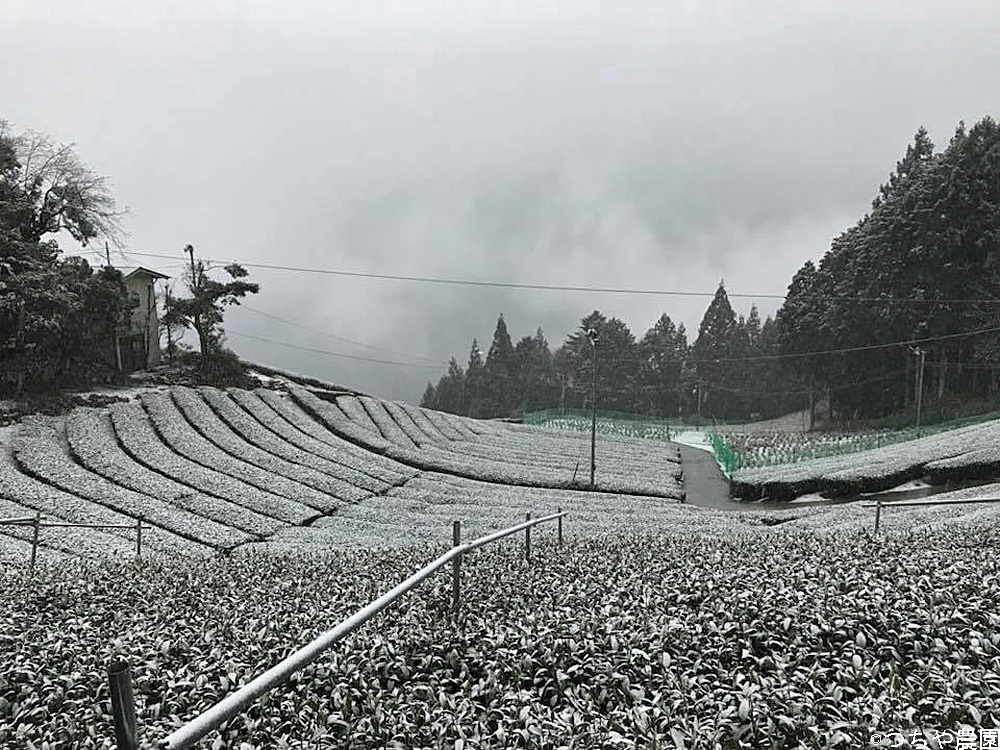
The reason behind Tsuchiya Nouen’s tea sold only retail.
-Why are all the teas at Tsuchiya Nouen sold retail and not wholesale?
Generally every April tea farmers are busy harvesting the first tea of the season. The harvested tea is then transported to the tea market where wholesalers and intermediaries affix a price to it. Japanese people have an affinity for eating the first of the season, however there is an interesting story to this.
Long ago people assumed buying seasonal foods to be similar to a prayer for health, as well as being fashionable. Tea has always been a crop and not a processed product, therefore there has always been a demand for it in season. Long ago people said that drinking tea on ‘hachijuhachiya’ (88th day from the beginning of Spring) gives long life.
Tea from this early season has been praised a little too much in my opinion. This fashion for ‘shincha’ (new tea) has boosted a culture in the markets that the earliest tea begs the highest price. Slow growing tea from the mountains has been unable to compete in this ‘shincha’ sales battle.
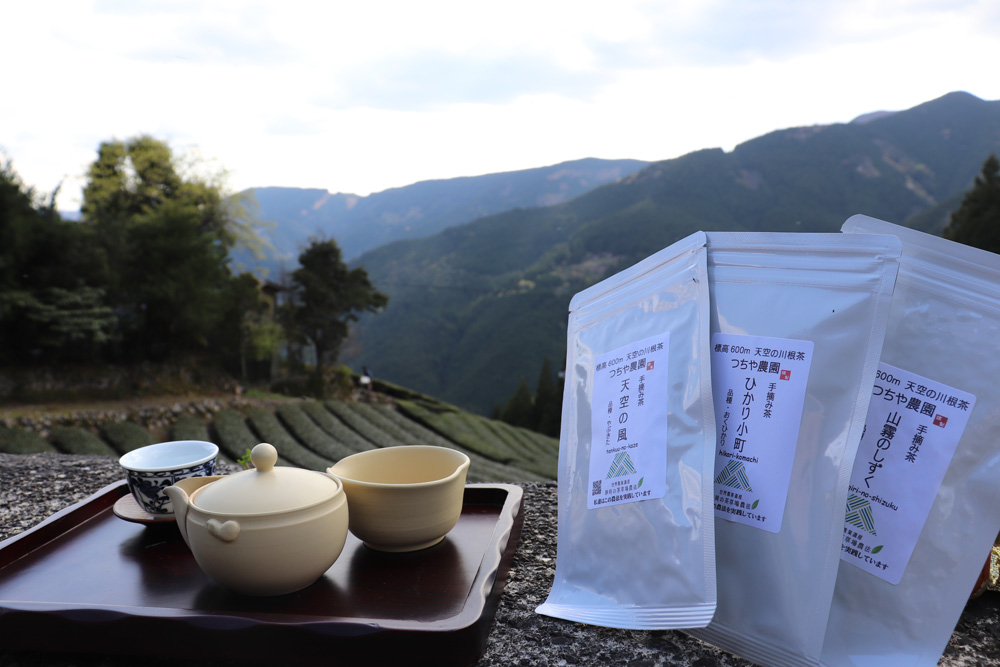
Even in Kawane, Tsuchiya Nouen is situated at a comparatively high altitude. The flatlands in south Kawane harvest ‘shincha’ up to 2 weeks earlier, even then that is a week later than the cities on the coast. Distributing this product to the market is just not logical. Tsuchiya Nouen wishes to serve customers that understand the value of this product and that is why they sell their entire stock retail.
An explanation of the Grass-Carpet Tea Farming Method certified by Globally Important Agricultural Heritage Systems (GIAHS).
–Please explain the Grass-Carpet Tea Farming Method certified by Globally Important Agricultural Heritage Systems (GIAHS) for us.
The Grass-Carpet Tea Farming Method utilises dried ‘susuki’ (Japanese Pampas Grass – a commonly found vigorous weed) or other mountain grasses to maintain soil and retain warmth and moisture of tea bushes.
–Is this susuki (Japanese Pampas Grass) that is spread around this tea plantation the same technique?
Yes. Every year in November we spread this susuki over our plantations. This is what helps maintain moisture and warmth for the roots of our tea bushes through the winter. In Spring we use it ito create a roof of shadow to prevent weeds growing, so we don’t need to use herbicide. Over the year It slowly turns back to soil.
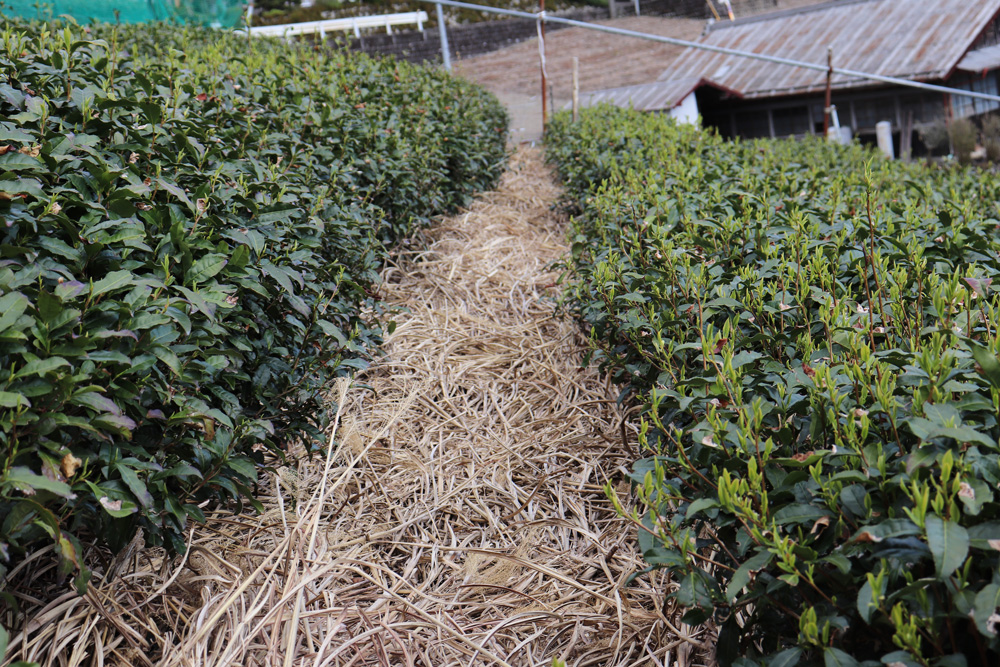
Long ago forestry was a thriving industry in this area and at sites of previously fallen Japanese cedar and cypress forests susuki thrives. In October we go to cut and collect this susuki and leave it to dry for a short while.
I’m not sure if it’s because we cut and then dry it or because we dry kaya (a name that describes various Japanese grass species) but around here we call this ‘kapposhi.’ The term ‘kapposhi’ has an intimate sound to it doesn’t it. That is how we start the Grass-Carpet Tea Farming Method.
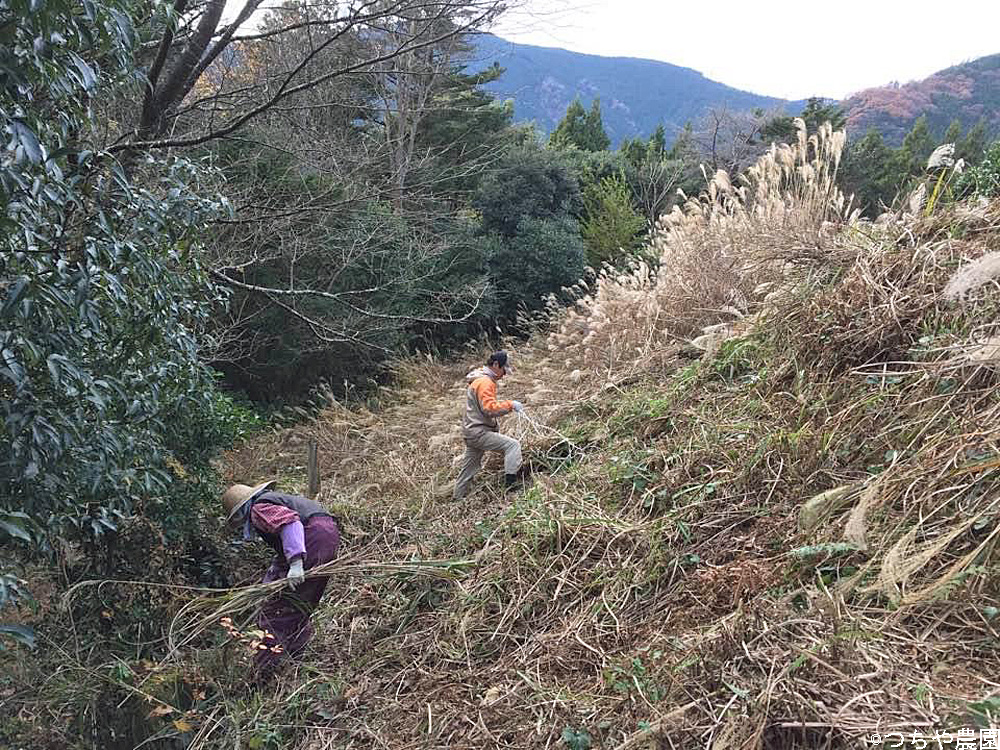
-So you spread susuki on the plantations and that’s it?
Yes. Green susuki will rot too quickly and therefore we dry it and use it in long lengths. I think the reason we keep it long is due to the extreme cold and dryness of the mountainous environment we have here.
It’s not just for soil maintenance but for a year it helps moisture retention, prevents soil erosion, loss of fertilizer, suppressing weeds and whilst serving all these purposes it slowly turns back to soil. This utilization of the cycle of nature has been an unquestionable part of the process of making good tea for us for as long as we can remember.
The name ‘Grass-Carpet Tea Farming Method’ is a name that has been assigned to it recently.
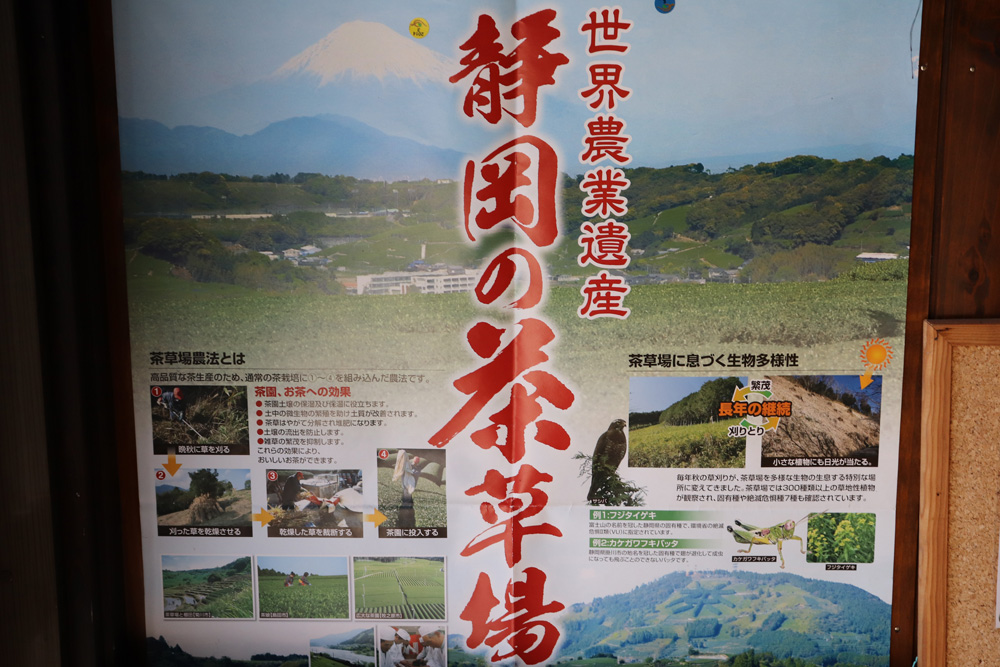
-This is an amazing technique that our ancestors thought of.
Since we are in the middle of the mountains here, in the olden days going to buy materials and fertilizer was impossible. Even if one was able to go to buy it, without a car they would have had to carry it all the way here on foot, which is an enormous undertaking.
Materials and fertilizer were made with the things all around us. Laying out grass is also one of these. These days we have so many good fertilizers and soil amelioration is also possible scientifically. Transportation is also easy.
Even the fields of farms have become mechanized and farmers who practice hand picking have decreased greatly. For this reason the number of people who go to do such simple work as cutting grass on the mountain and spreading it on their plantation are almost completely nonexistent.
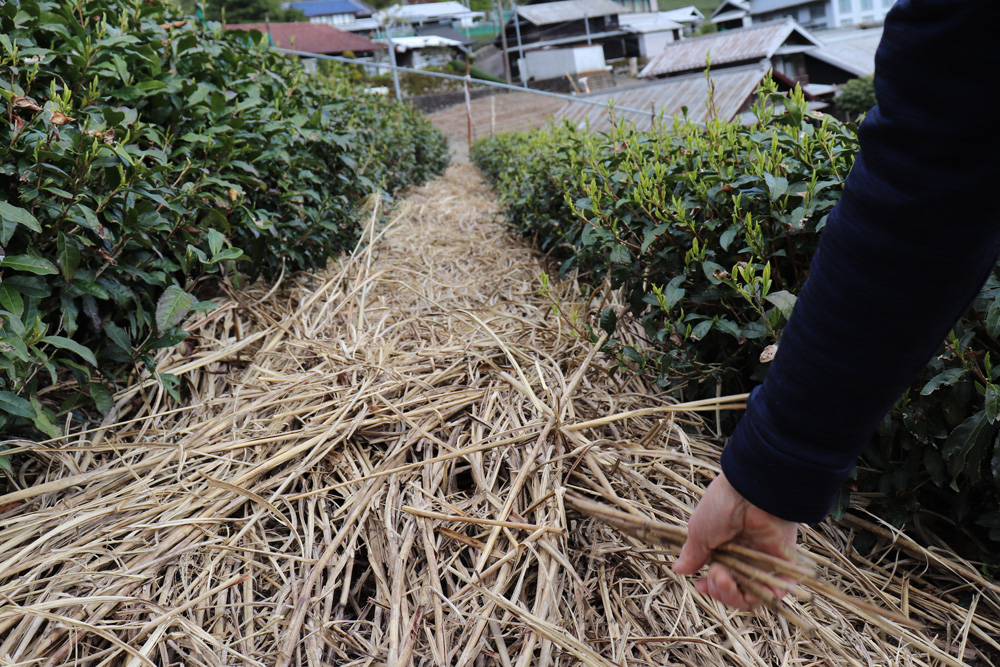
-Is there a particular reason that you continue to practice this technique?
As good as a fertilizer or agricultural chemical may be, there isn’t one that has moisture and warmth retention properties. As a farmer, apart from making good crops I would like to make a good product too.For this reason we are proactive in replanting old plantations.
Infant plantations absolutely need grass spread on them. Making tea is just like raising children, it needs to be taken care of. Having been certified by Globally Important Agricultural Heritage Systems (GIAHS) it has been discovered to promote biodiversity and preservation of the surrounding environment. It has been recognised as the ideal format for agriculture in mountainous regions.
In other words it puts little pressure on the environment and protects nature whilst creating a valuable farming business model for this era.
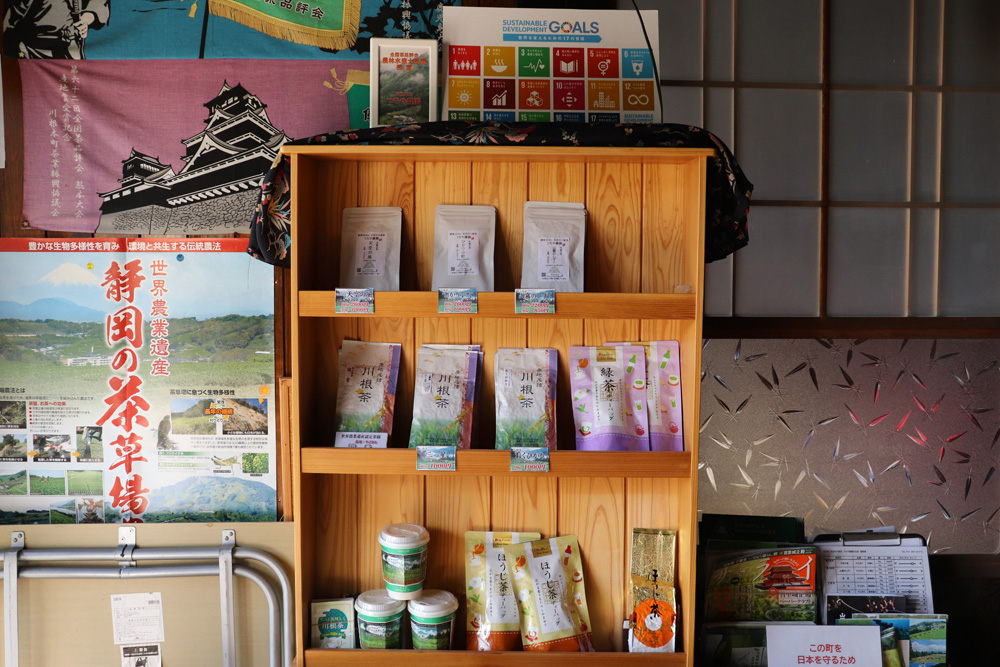 ▲At Tsuchiya Nouen’s retail booth, there is a board about the SDGs placed next to a poster about the Grass-Carpet Tea Farming Method.
▲At Tsuchiya Nouen’s retail booth, there is a board about the SDGs placed next to a poster about the Grass-Carpet Tea Farming Method.
Every day is a war against nature.
Our Tea Weed Farming Technique is definitely kind to nature, however we have a problem. Due to the grass, the organic matter in the soil is of a high quality, which means lots of worms. Boars love worms! They come to our tea fields and damage them.
– Wild boar come to the fields?
It’s not just boar but deer also come to our fields.
– Is there something in the field that the deer like to eat?
They come to eat old leaves. The old leaves photosynthesize and pull up nutrients from the soil to grow the new shoots. Essentially old leaves in good condition are necessary to produce good new shoots. The deer like to eat the old leaves and so we are left in a real pickle.
– Wild boar and deer come to devastate your workplace. It’s hard for the average person to imagine.
We deal with things like that on a daily basis. (lol)
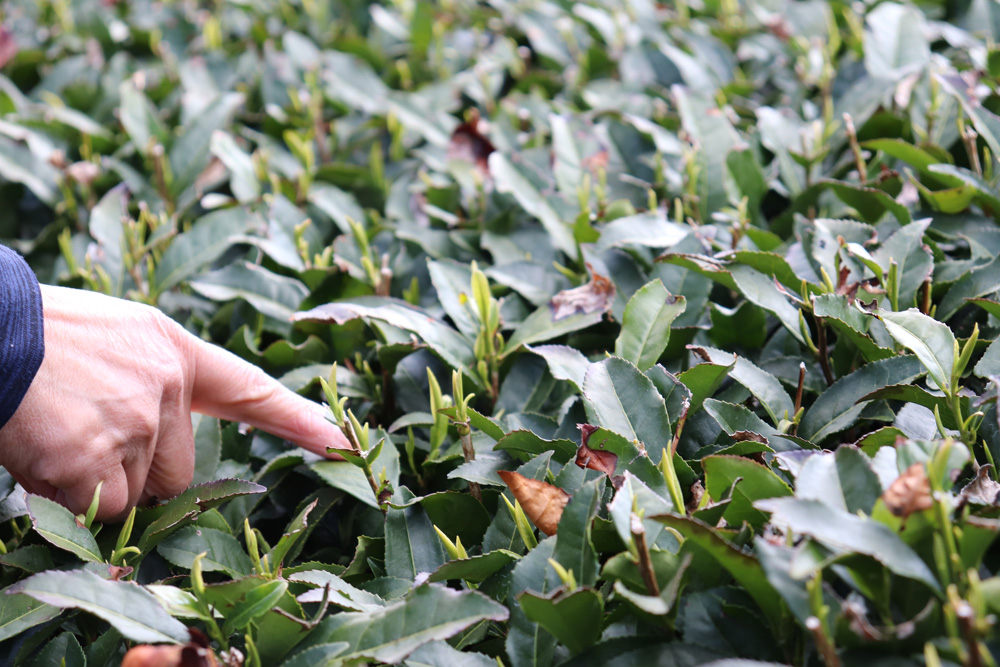
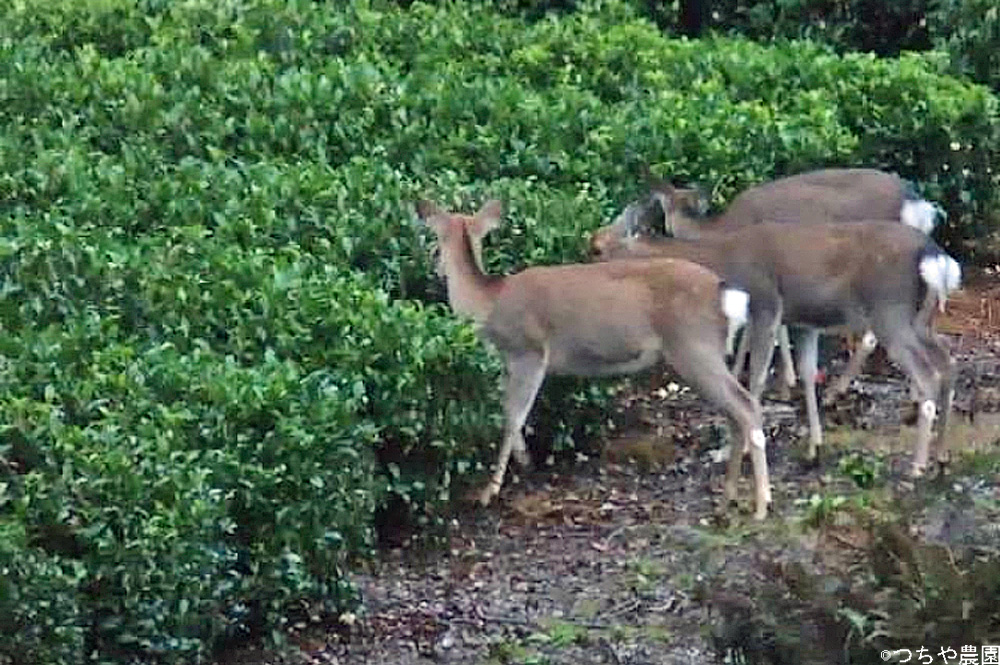
Related articles : Taruwakien’s Vision of an Organic Tea Factory in the Sky【Kawane Tea, Shizuoka Prefecture】
information of Tuchiya Nouen
| 住所 | Never visit without a prior appointment. |
| ホームページ | http://www.tsuchiya-nouen.com/ (japanese only) |
| 電話番号 | 0547-56-0752
(japanese only) |
| 電子マネー・カード決済 | Not Available |
| 営業時間 | Please ask us |
| 定休日 | Please ask us |
| 駐車場 | Available(a few spaces) |
| Writer | Norikazu Iwamoto |
| Career | Ochatimes chief editer. Meeting with Vice Governor of Shizuoka prefecture. Judge of Shizuoka 100 tea’s award in 2021~24. Ocha Times link introduced at website of World O-CHA(Tea) Festival 2022, Tea Science Center, The City of Green Tea Shizuoka, Ministry of Agriculture, Forestry and Fisheries. |
| English translator | Calfo Joshua |
| Career | Born and raised in England, living in Japan since 2016. Studying arboriculture in Shizuoka Prefecture whilst operating his landscape business Calfo Forestry. Appreciating the nature of Japan and the culture that places such importance in it. |


 Go to Japanese page
Go to Japanese page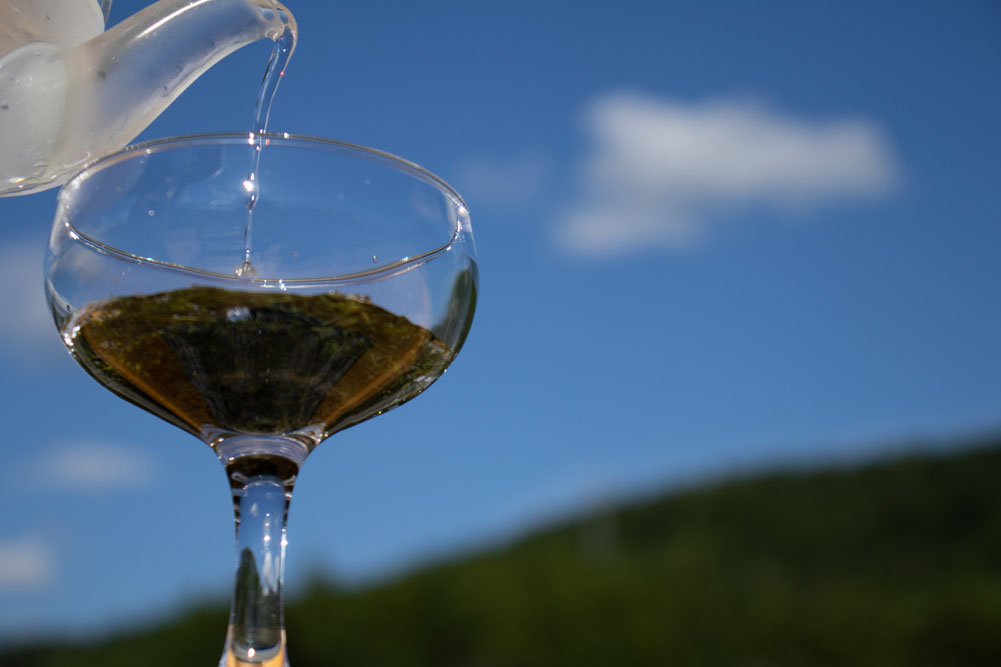
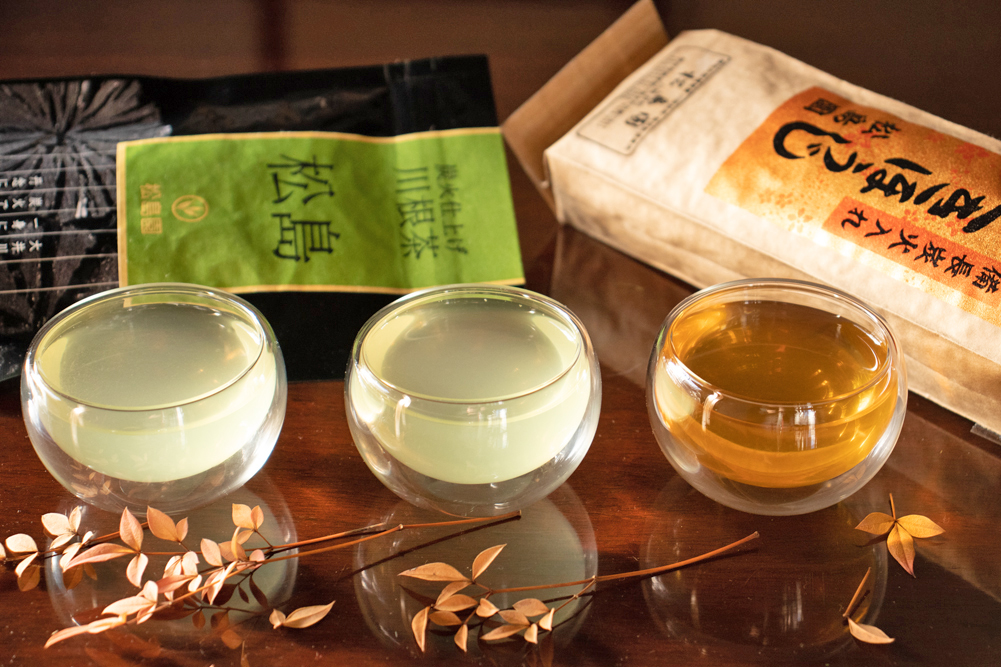
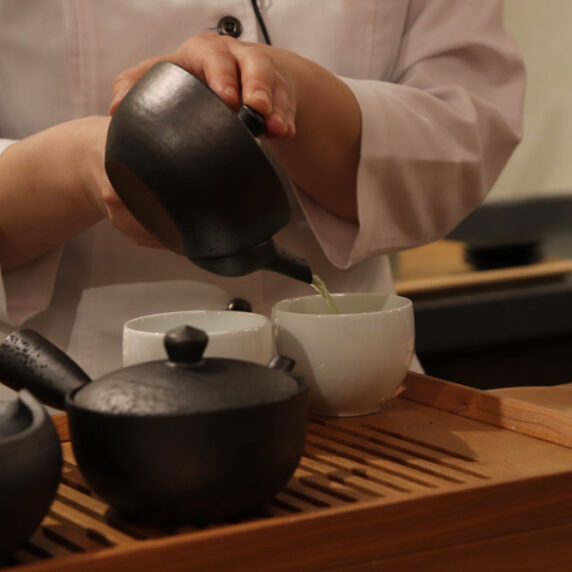
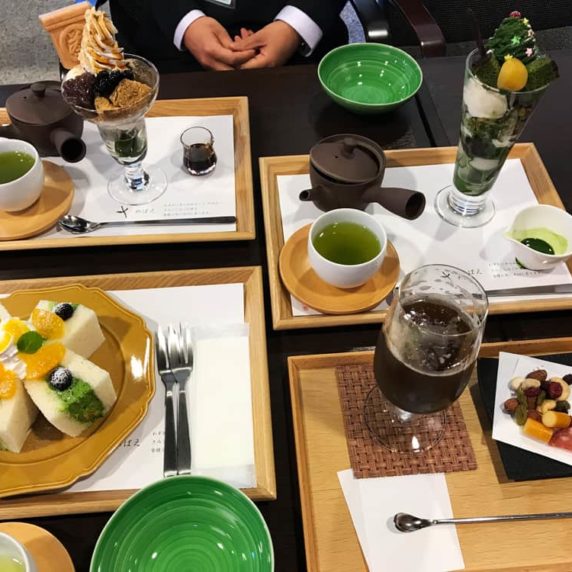

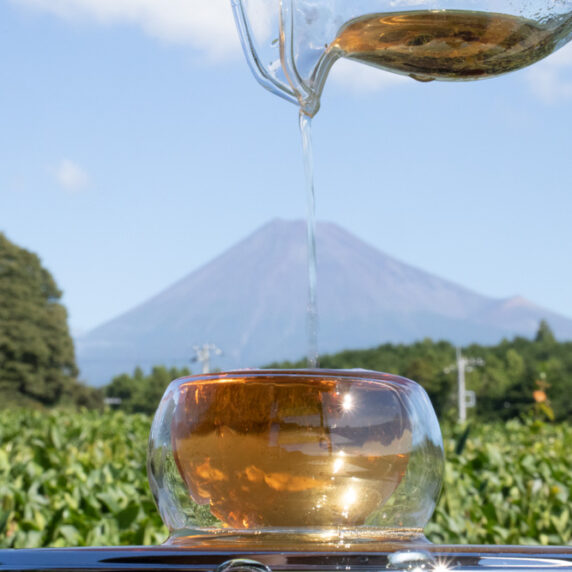




 on the red bar to close the slide.
on the red bar to close the slide. to see the
distance between the current location to the Chaya.
to see the
distance between the current location to the Chaya.